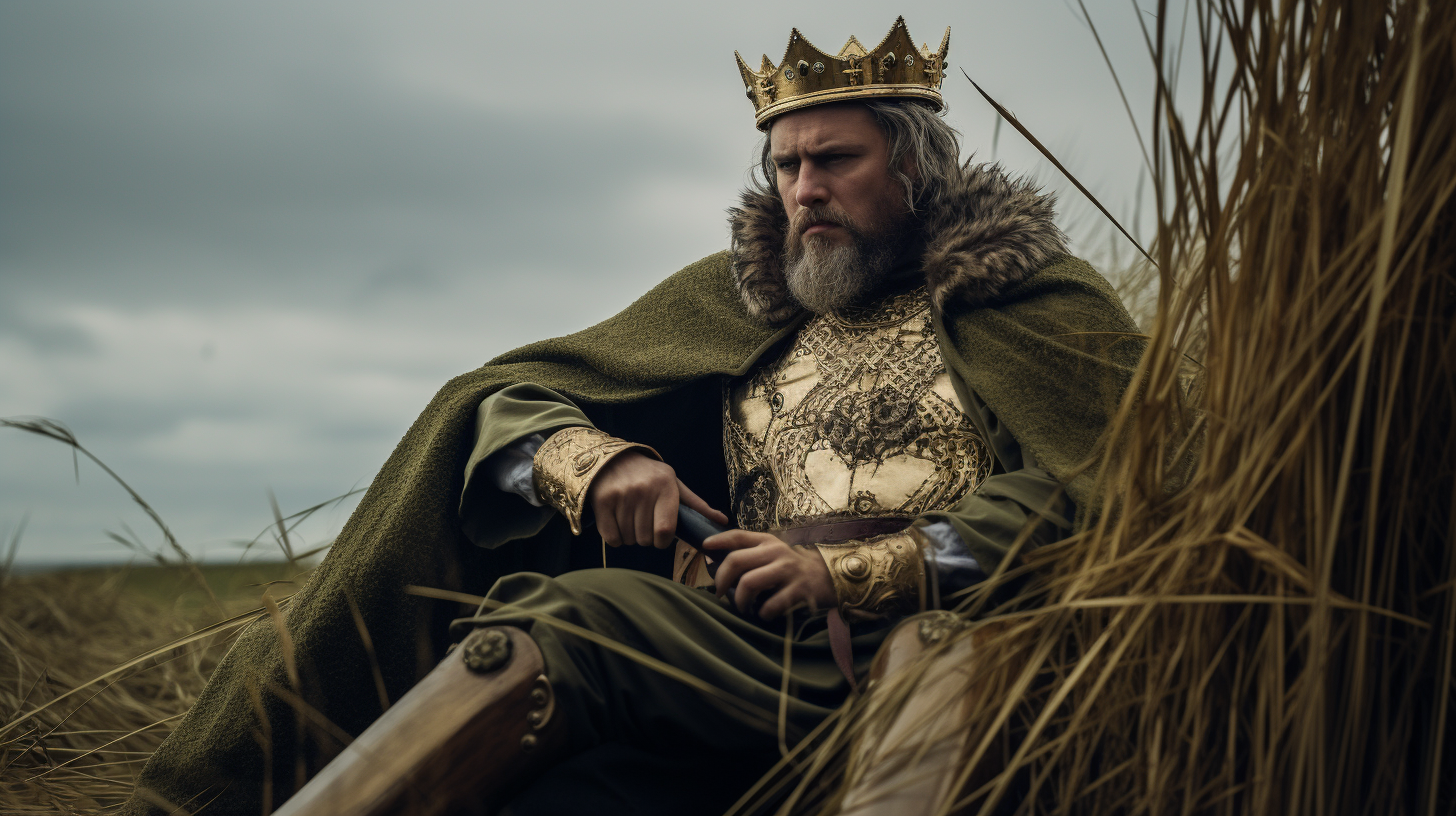The tale of King Arthur has mesmerized individuals across generations, portraying a young boy’s journey from humble origins to becoming the fabled once and future ruler of Britain.
Embedded within his narrative are elements of chivalrous knights, round tables, sacred grails, and the enigmatic wizard Merlin. Could it be that this iconic figure is more than mere folklore? Perhaps a fragment of truth lies concealed within these narratives passed down through time?
Arthur’s saga commences with a seemingly ordinary occurrence – a sword firmly lodged in a stone. This was no ordinary blade; it was foretold that only the future King of England could extract it from its rocky sheath. Amid failed attempts by many, Arthur’s successful retrieval set forth a sequence of events that altered the trajectory of history.
Maturing into adulthood, Arthur embodies the epitome of a leader – Rex Quondam Rexque Futurus, the ancient and future king. His legend is deeply ingrained within our cultural fabric, portraying him in the splendor of Camelot alongside his queen Guinevere and the sage Merlin.

His Knights of the Round Table embarked on quests in pursuit of the Holy Grail, while his sword, Excalibur, symbolized his might.
What unfolds next is a riveting twist in the tale. Lingering for centuries, a question emerges: Could King Arthur have breathed life as a living individual, transcending beyond the realms of myth and legend? To decipher this enigma, a journey into the annals of history is imperative.
Amid the chaotic Dark Ages post the collapse of the Roman Empire, Britain swirled in turmoil. Amidst the incessant clashes of diverse tribes, the land clamored for a unifying foundation. Arthur is believed to have embodied that foundation – a warrior or monarch who united conflicting factions. Yet, who truly was he?
His identity remains veiled in secrecy. Historians have proposed myriad notions concerning the genuine persona of King Arthur, albeit without definitive answers. The Arthur we recognize today is a tapestry woven by numerous authors and their varied interpretations of his narrative.
A pivotal documentation detailing King Arthur’s existence springs forth from Geoffrey of Monmouth, a 12th-century Welsh monk. Proclaiming to have unearthed an ancient manuscript delineating early British chronicles, including the life of King Arthur, who supposedly lived circa 580 AD.

Monmouth’s work, “The History of the Kings of Britain,” reinvigorated the legend of Arthur.
What renders Monmouth’s narrative intriguing is the coherence of several events, locales, and facets he described, corroborated by contemporary historians. Could it be that fragments of historical reality embellish King Arthur’s legends?
Clues lie within the ruins of Tintagel Castle in southwest England, a site annotated by Geoffrey of Monmouth as Arthur’s birthplace. Erected in the 13th century, the castle stands as a historical treasure trove. However, it is the secrets buried beneath that captivate historians.
Recent excavations have unveiled remnants of an earlier fortress dating back to the 6th century AD, aligning with King Arthur’s supposed era. Moreover, a curious inscription discovered amidst these ruins corroborates Monmouth’s assertion of Arthur’s deep-rooted ties to Tintagel.
Featured Video:
Although the King Arthur legend appears as a fantastical realm of knights and enchanters, an increasing array of evidence hints at a tangible figure inspiring these chronicles. The endeavor to discern reality from fiction within the Arthurian mythology persists, advancing with each archaeological revelation, inching us closer to unraveling the essence behind this enduring mystery.
